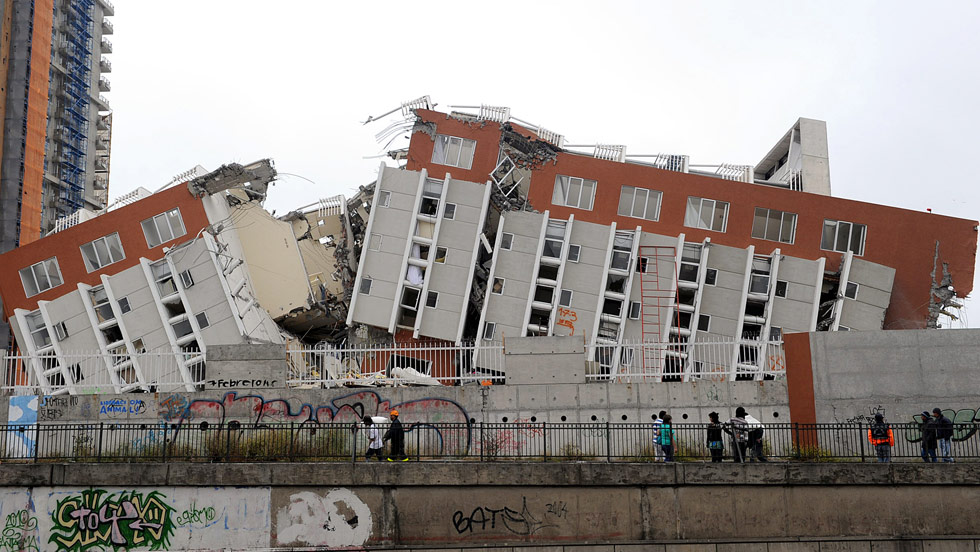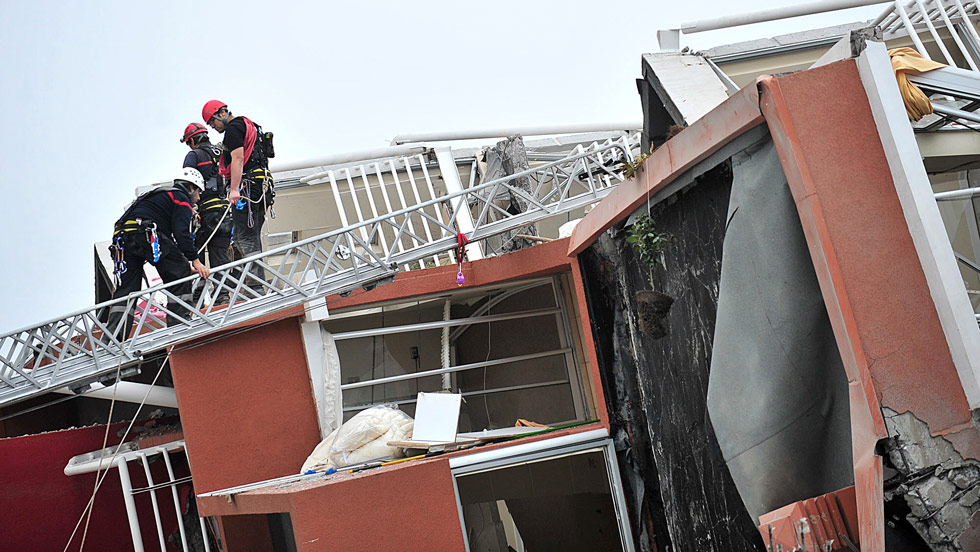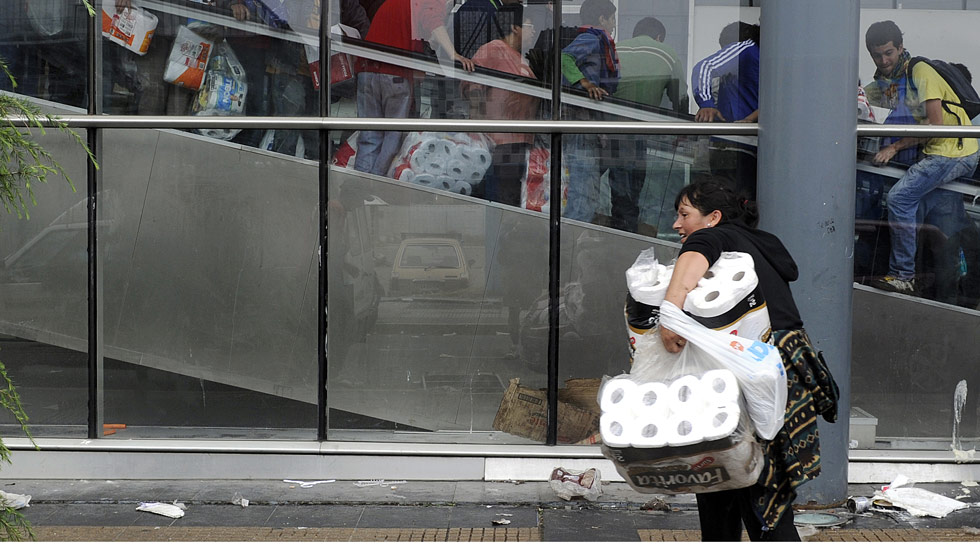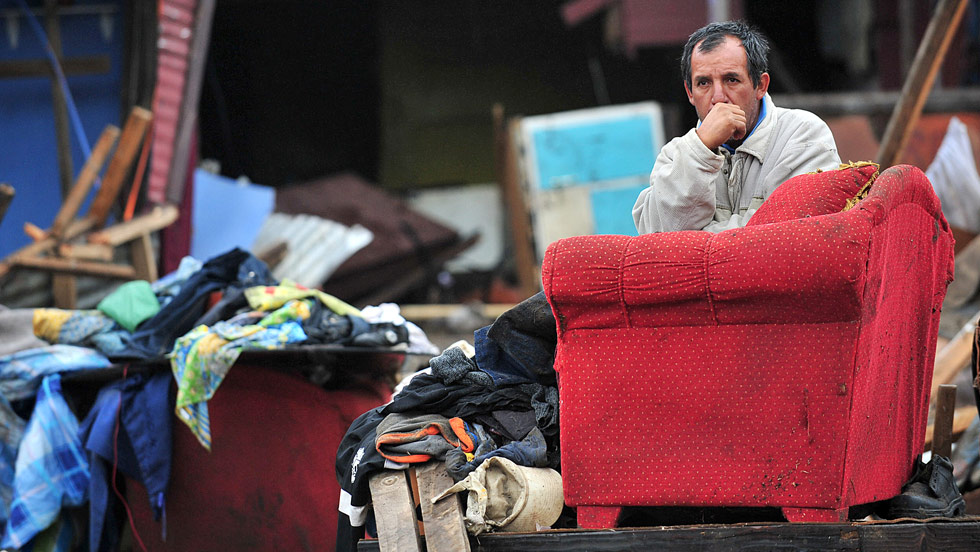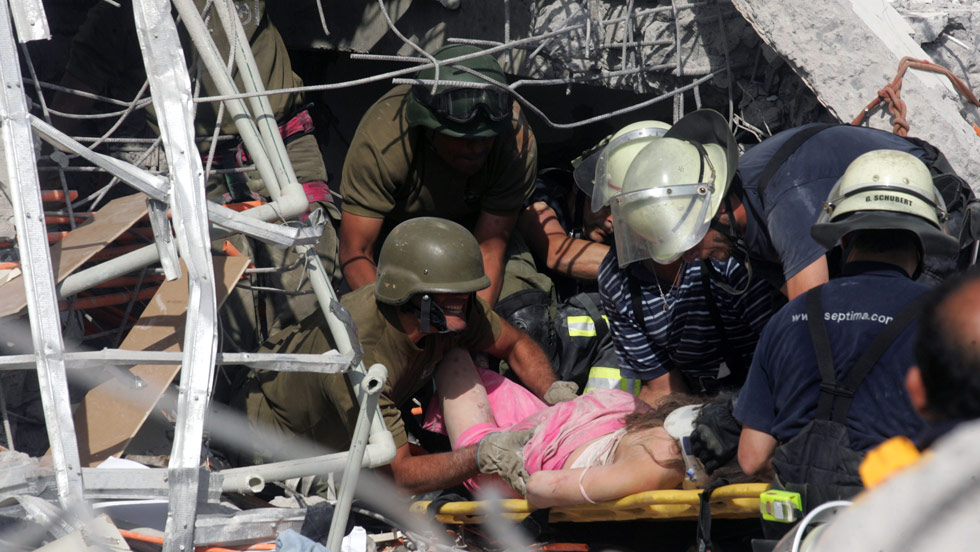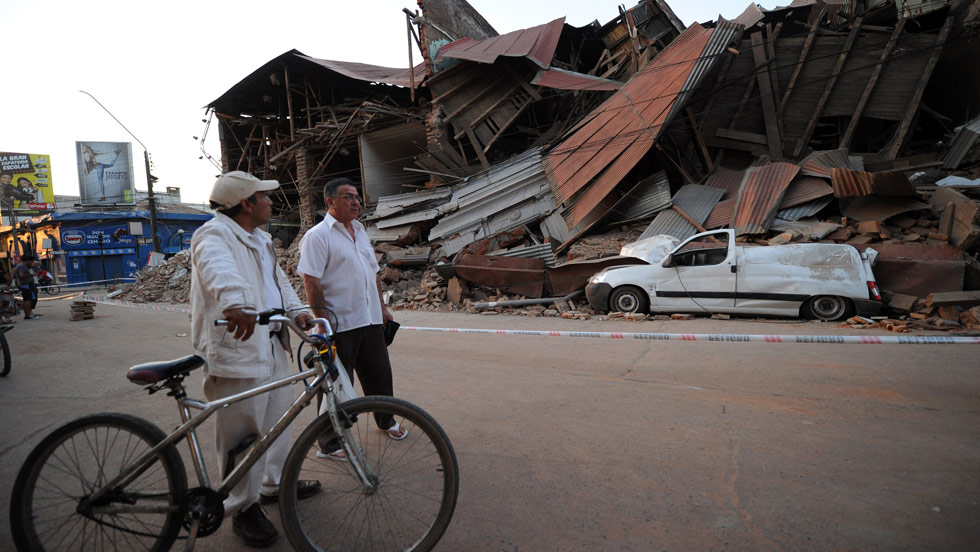El Gran Terremoto de Valdivia, 1960
http://www.keepapitchinin.org/2009/04/06/mormon-missionaries-and-el-gran-terremoto-de-valdivia-1960/
The Great Chilean Earthquake of May 22, 1960 (magnitude 9.5), with severe fore- and aftershocks, was the largest earthquake measured during the 20th century. Callous as it is to say, this quake caused relatively few deaths – probably fewer than 3,000, including those killed during the quake itself, during the mudslides and volcanic eruptions which followed in Chile, and as a result of the tsunami that claimed victims from northern California to Hawaii to the Philippines to Japan. Still, it is remembered as one of the century’s great disasters, in part because new technology allowed the temblor to be recorded and measured precisely, because television carried almost-live images to the rest of the world, and because jet aircraft allowed the world to respond immediately.
When the
first heavy foreshock hit at about 6 o’clock on the morning of Saturday, May 21, all of the LDS missionaries in Chile were gathered at Santiago for a nationwide missionary conference. When President Henry D. Moyle managed to place a telephone call from Salt Lake City to Mission President James Vernon Sharp, the president could report that his elders were all safe; he could not give a report on the safety of Church members, however, because his own phone calls to Concepcion and Valdivia had not yet gone through, nor could the elders return to their fields immediately because roads and train tracks were destroyed.
On the morning of the primary quake, the elders contacted Chilean officials and placed themselves at the government’s disposal for relief efforts. Their first assignment was to man shortwave radio stations to contact people in the worst affected areas. While they were on duty, a station in Concepcion managed to get a generator in operation, and the elders received a message from the first counselor in the branch presidency there. The branch there was functioning as it should – the presidency had called on the home teachers, who had visited every member. Many were homeless, but all were alive. The elders sent word to have all the homeless move into the branch chapel, which had survived with little damage.
On the morning of the 23rd (Monday, so government offices were finally open), the mission presidency called on the Chilean Minister of Foreign Affairs, Minister of the Interior, and Minister of Finance, as well as the United States Embassy and the Chilean Red Cross. Learning that antibiotics, blankets, and clothing were in short supply, the mission contacted the Church’s Welfare Department, which had a shipment airborne within hours.
The U.S. government flew complete mobile hospitals to the affected area – 26 Globemaster transport planes filled with equipment, along with the doctors and nurses to staff them. Responding to earlier offers, both the Chilean and American governments called on the missionaries, who were assigned to each hospital unit. The Chilean government gave the elders documents allowing them primary access to all available means of transportation and communication. The elders traveled by train, truck, plane, and helicopter along with the doctors, serving as official interpreters for medical personnel.
The Church continued to ship relief goods – food, blankets, clothing, medicines – into Chile as long as it was needed for emergency work. Commercial airlines flew tons of material at no charge to the Church. When relief supplies began to back up at the Panama transfer point because Chilean airports couldn’t handle the loads, steamer lines volunteered to carry the goods down by ship. The first shipments went to local members in the earthquake zone, but when their immediate needs were taken care of, tons of goods were turned over to the Chilean Red Cross.
Over the following months, the Church shipped in or purchased locally the necessary building materials to help Chilean members reconstruct their homes. Branch members worked cooperatively, supplying the manual labor each family needed, allowing them to save resources to hire skilled workmen for specialized services. Within a year, all members were again housed adequately.
The prompt offers of service, followed by the actual fulfilling of those offers, coupled with the personal contacts established with government and Red Cross officials, proved a boon to missionary work for a few years: Not only were the elders recognized and welcomed as they sought opportunities to teach the gospel, but for a time the Church was allowed to send increased numbers of elders into Chile, rather than being limited to replacing only those who had completed their missions.
 2.
2.































